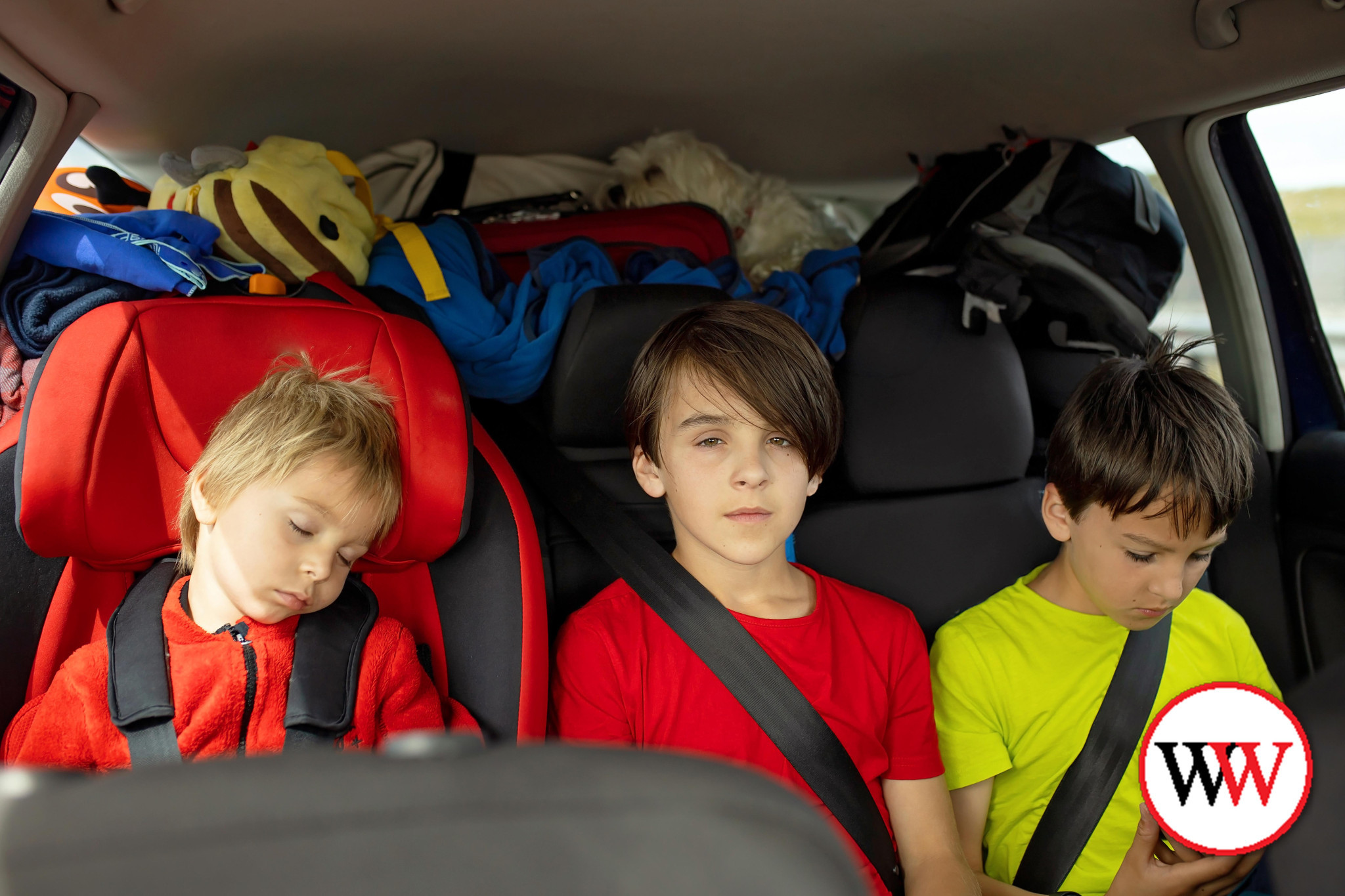General News
24 January, 2025
Prepare your car for the long weekend
WITH the long weekend now upon us it’s important to ensure your vehicle is in top condition before heading off on a holiday.

Holidays, whether long or short, should be stress free and relaxing so it’s important to make sure your plans are in order and your car is up for the drive.
Especially over long weekends, such as the Australia Day holiday, our roads are much busier as families and others take advantage of a four day break.
Plan your route in advance, including rest stops along the way, and take an accurate map with you.
Make sure you have regular stops to break the trip.
If you are the driver, ensure you are well rested before you leave and if possible share the driving to avoid fatigue.
Take some in-car entertainment for the kids.
Make sure your car is in good condition and ready for the trip ahead.
Check and replenish fuel, water and engine coolant, change the oil, check tyre pressure and wear (don’t forget the spare tyre), make sure your brakes and battery are in good shape, and clean all your car windows to ensure good driving visibility.
Get your car serviced before you leave.
It is also a good idea to carry the following items in the car with you:
First aid kit, torch and spare batteries, large container or a two litre bottle of water, small tool kit, jumper leads, rope, tyre pump and tyre pressure gauge.
The Australia Day long weekend can provide some wonderful memories for years to come – make sure these aren’t tarnished by avoidable hazards.
Be prepared.
Ensure your vehicle is in the best possible condition before heading off.
Preparation now can save valuable time and money later on.
If travelling with young children, make sure they are well secured in the age-appropriate restraints.
According to Kidsafe (Child Accident Prevention Foundation of Australia), transport injuries are the most common cause of child injury death in the country, and second most common cause of injury related hospital admission for children aged 0-14 years.
The good news is that you can reduce the risk of road trauma for children by not only ensuring they are well ‘buckled in’ but that they are also well informed of driveway safety, car safety and the dangers of hot cars.
According to Kidsafe, the top 10 steps for safer travel for children include:
Always buckle up. The use of any restrain is preferable to not using a restrain.
Rear facing as long as they fit. Once a child is too tall for their rear facing restraint they should use a forward facing child restrain with an inbuilt harness as long as they still fit in it.
Booster seat as long as they fit. Once a child is too tall for a forward facing restraint they should use a booster seat with a lap-sash seat belt until tall enough to fit into an adult seat belt.
Remember, your child will fit the seat belt in different cars at different ages.
All child restrains and booster seats must be installed correctly and the child buckled in correctly, according to the manufacturer’s instructions.
Children 12 years of age and under are safest in the rear seat.
When planning any journey with children, use a motor vehicle which allows each child to be in the appropriate restraint for their size.
Never add accessories to the restraint that weren’t provided by the manufacturer and ensure that the restrain is regularly checked to ensure its both installed correctly and still fits the child.
